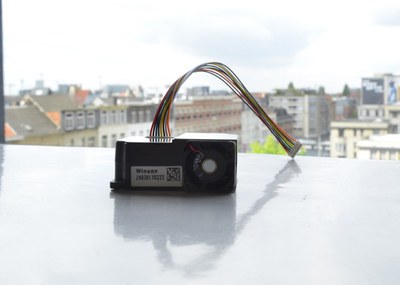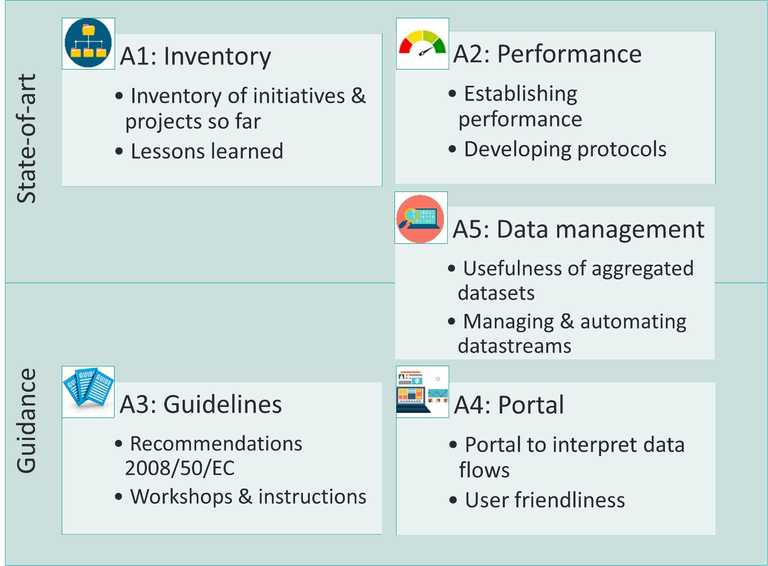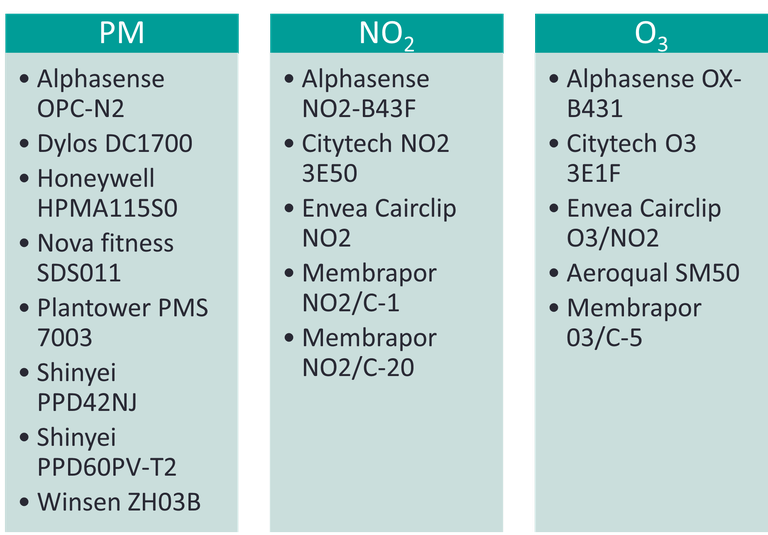Project description
With the support of the European Commission's LIFE program, the LIFE VAQUUMS project aims to determine the quality levels currently being attained by innovative measuring techniques for particulate matter, ozone and nitrogen dioxide. The first step involves establishing an inventory of all available techniques, after which we select the techniques that are most promising and subject them to rigorous laboratory and field tests. These tests will give us more insight into the reliability of the various measuring techniques and set the basis for developing an instruction guide for the correct use of these techniques.

In addition, the project will engage in dialogue with all stakeholders (local governments, citizens, scientists, industry) to define the quality standards for the different possible applications of sensors, to establish the practical restrictions that apply, etc. As the measuring techniques used typically generate large quantities of data, we are also concentrating on a user-friendly range of online tools that allow users to analyse and visualize the data.
The results that this project gives us can lead to new measuring techniques being added to the European guidelines. Furthermore, citizen science or citizens' initiatives that focus on measuring the air quality will also be able to deliver more reliable results thanks to this project. This will allow everyone to measure and know whether the air quality in their living environment is healthy.
LIFE - VAQUUMS
Project objectives
- Providing an overview of the state-of-art applicability and use of low cost air quality measurement methods.
- Developing a supporting framework for local and regional air quality monitoring networks to facilitate the uptake of flexible monitoring systems.
- Creating building blocks for online platforms for knowledge and experience exchange, data collection and analysis.
- Providing input for reviews of the air quality directive.
- Informing all stakeholders according to their role in the air quality networks of the future.
Actions and means involved

Action 1 aims to make an inventory of the initiatives and projects that are using low cost air quality sensors so far. Their lessons learned will be used as a base to select interesting sensors to test during the LIFE VAQUUMS-project.
Action 2 involves the performance testing of the selected air quality sensors (particulate matter, nitrogen dioxide and ozone). Test protocols for both the laboratory and the field tests will be developed, where after the tests will be performed.
In action 3, our findings will lead to the development of guidelines on sensor quality and sensor use. Recommendations on low cost air quality sensor use will be formulated as well as communicated to a broad audience on workshops and events.
In action 4, we will develop a web portal. This portal will include tools to visualize and analyze your own air quality measurements. User friendliness will be key in this action.
Finally, action 5 will focus on the data management. Since low cost air quality sensors can produce an enormous amount of data, questions about data aggregation and the management of data flows need to be addressed.
Sensors selected for VAQUUMS-tests
